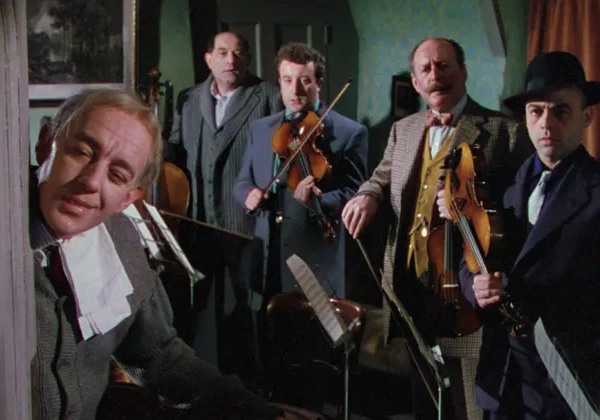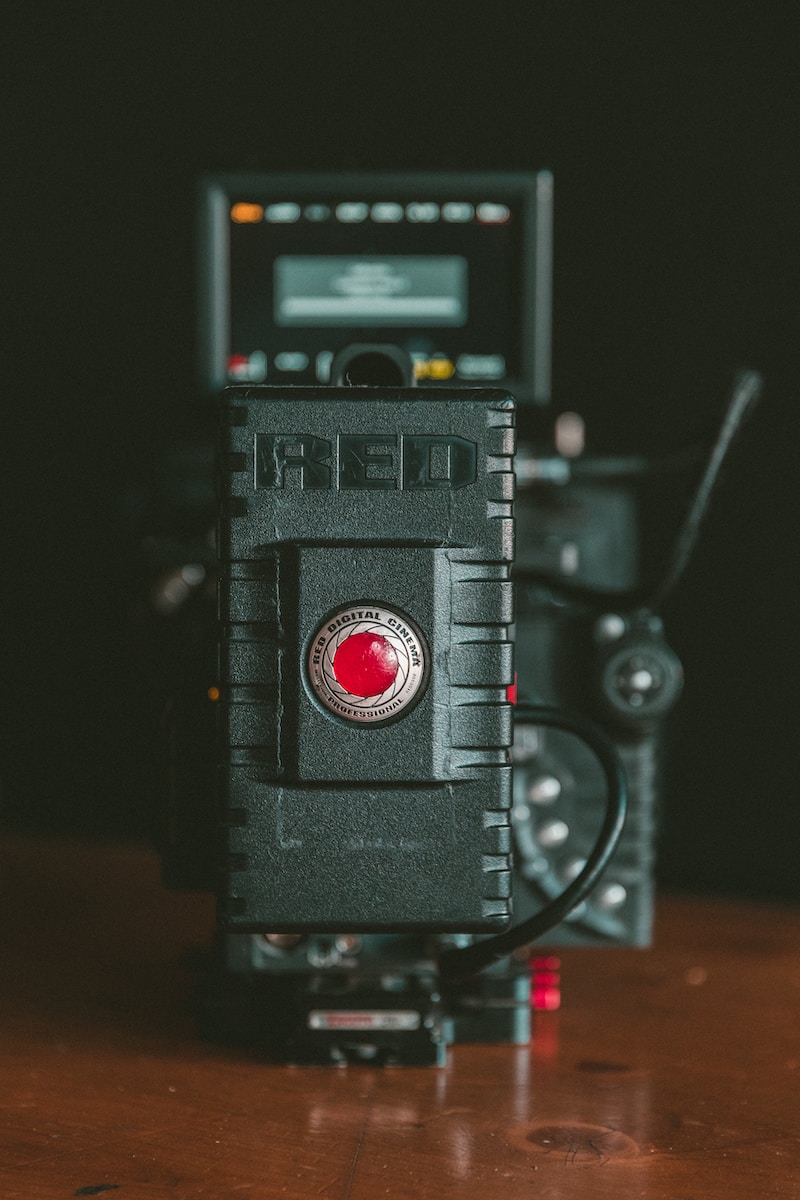
Hello, fellow movie enthusiasts! Today, let’s step into the time machine and journey back to an era that reshaped the world and, in turn, the very fabric of cinema. I’m Emma, your trusty guide through the realms of film history, and today, we’re diving into the riveting story of how World War II left an indelible mark on the silver screen.
The Cinematic Chronicles: Lights, Camera, Patriotism!
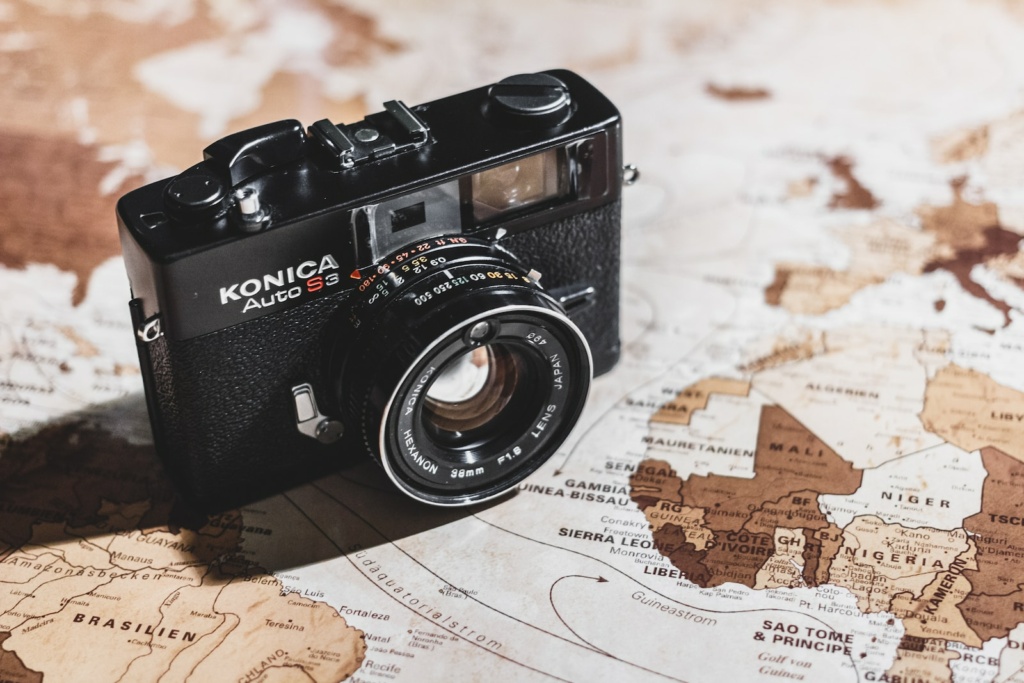
As the world found itself plunged into the chaos of World War II, Hollywood quickly pivoted to become a vital player in the war effort. Studios became propaganda powerhouses, churning out films that aimed to boost morale, inspire patriotism, and rally support for the troops. War bonds were sold not only in banks but also on the big screen.
Take, for instance, Frank Capra’s “Why We Fight” series, a cinematic crash course in the geopolitics of the war. These documentaries weren’t just informative; they were a rallying cry, using the language of cinema to make sense of the complex global conflict for audiences on the home front.
The Leading Men: Soldiers on and off the Screen
World War II had a profound impact on the leading men of Hollywood. While some actors enlisted and served on the front lines, others used their on-screen personas to embody the heroic figures that audiences craved during these uncertain times.
John Wayne, often hailed as the epitome of American masculinity, starred in films like “Sands of Iwo Jima,” transforming into the archetypal war hero. His on-screen presence mirrored the values of the soldiers fighting overseas, offering a glimpse into the idealized version of heroism that resonated with audiences.
Women on the Home Front: From Rosie to the Silver Screen

As men marched off to war, women assumed new roles both in society and on the silver screen. The iconic Rosie the Riveter, symbolizing the empowered women working in factories, also found her way into the movies. Actresses like Katharine Hepburn and Rosalind Russell portrayed strong, independent women who could hold their own in a man’s world.
The war years saw the emergence of films like “Mrs. Miniver,” which depicted the struggles and triumphs of a British housewife during the war. These narratives not only reflected the changing dynamics of gender roles but also served as a nod to the resilience and strength of women on the home front.
The Noir Shadows: Dark Alleys and Shattered Realities
While some films focused on boosting morale, others delved into the darker, more noir-esque aspects of the war. The war’s psychological toll on individuals and societies gave rise to a wave of films that explored the shadows cast by conflict.
“Double Indemnity,” a classic film noir directed by Billy Wilder, captures the paranoia and moral ambiguity of the time. The war had disrupted societal norms, and film noir, with its cynical worldview, provided a fitting lens through which to explore the uncertainties of the post-war era.
The Aftermath: Rebuilding Lives, Reimagining Cinema
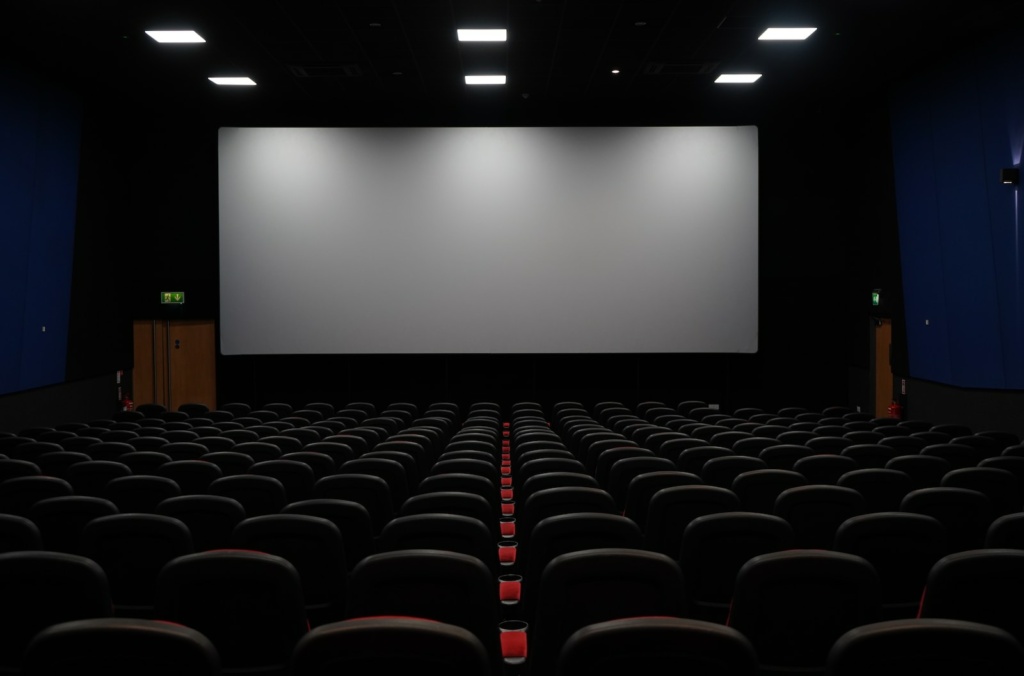
As the war came to an end, cinema didn’t simply revert to pre-war norms. The aftermath of World War II lingered in the collective consciousness, leaving an indelible mark on the stories told on the silver screen.
“The Best Years of Our Lives,” directed by William Wyler, offered a poignant exploration of the challenges faced by veterans returning to civilian life. The film, which won seven Academy Awards, including Best Picture, painted a realistic and empathetic portrait of the struggles of reintegration into a society forever changed by the war.
The Global Stage: International Perspectives Unveiled
World War II was a global conflict, and its impact on cinema extended far beyond Hollywood. Internationally, filmmakers grappled with the aftermath of war, creating narratives that reflected the unique experiences of their nations.
Akira Kurosawa’s “No Regrets for Our Youth” is a prime example. The Japanese film, released in 1946, explored the complexities of post-war Japan and the challenges faced by a generation coming to terms with a new reality. It marked a departure from pre-war cinema and set the stage for a new era of Japanese filmmaking.
Conclusion: War’s Enduring Legacy in Celluloid
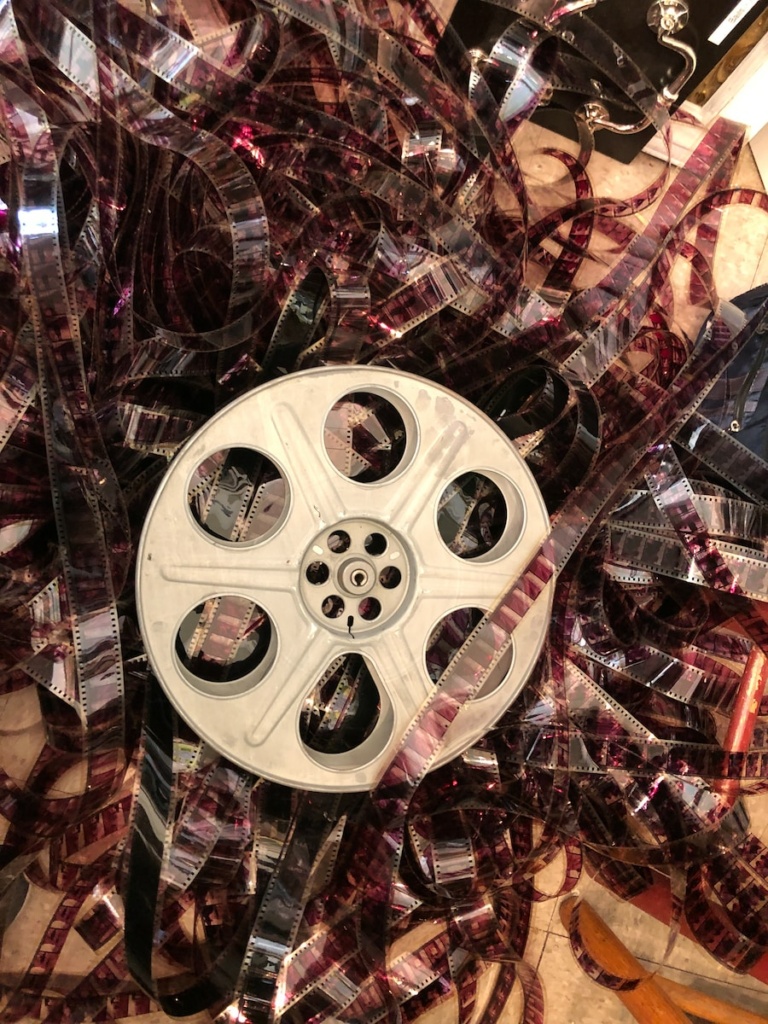
In the grand tapestry of film history, World War II stands as a defining chapter, etching its narratives onto the celluloid canvas. From the propaganda-laden reels that fueled patriotism to the noir shadows that mirrored the uncertainties of the time, the impact of the war resonates through the ages.
As we continue to explore the vast expanse of cinematic treasures, let’s tip our imaginary hats to the filmmakers who navigated the tumultuous waters of World War II, using their craft to capture the essence of an era that shaped the world and the movies we hold dear. So, grab some popcorn, settle into your favorite armchair, and let’s journey back to a time when cinema wasn’t just entertainment; it was a reflection of the human spirit in the face of unprecedented challenges.


